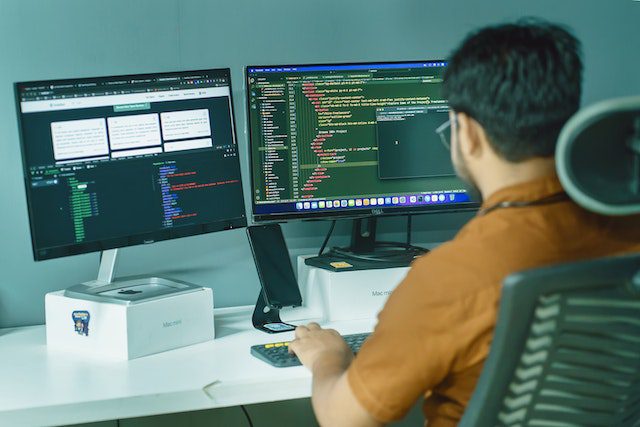Summary of Unveiling Redundancy in Diffusion Transformers (dits): a Systematic Study, by Xibo Sun et al.
Unveiling Redundancy in Diffusion Transformers (DiTs): A Systematic Study
by Xibo Sun, Jiarui Fang, Aoyu Li, Jinzhe Pan
First submitted to arxiv on: 18 Nov 2024
Categories
- Main: Computer Vision and Pattern Recognition (cs.CV)
- Secondary: Artificial Intelligence (cs.AI)
GrooveSquid.com Paper Summaries
GrooveSquid.com’s goal is to make artificial intelligence research accessible by summarizing AI papers in simpler terms. Each summary below covers the same AI paper, written at different levels of difficulty. The medium difficulty and low difficulty versions are original summaries written by GrooveSquid.com, while the high difficulty version is the paper’s original abstract. Feel free to learn from the version that suits you best!
| Summary difficulty | Written by | Summary |
|---|---|---|
| High | Paper authors | High Difficulty Summary Read the original abstract here |
| Medium | GrooveSquid.com (original content) | Medium Difficulty Summary This study investigates the redundancy of activation values between adjacent diffusion steps in Diffusion Transformers (DiTs), which can significantly impact inference latency. By analyzing a broad range of mainstream DiT models, researchers found substantial variations in the distribution of redundancy across different models. However, within a single model, the redundancy distribution remains stable regardless of input prompts, step counts, or scheduling strategies. These findings suggest that caching strategies designed for one model may not transfer to others. To address this challenge, the authors introduce a tool for analyzing the redundancy of individual models, enabling researchers to develop tailored caching strategies for specific model architectures. |
| Low | GrooveSquid.com (original content) | Low Difficulty Summary This paper is about making sure computers can quickly show you images and videos in real-time. It looks at special machines called Diffusion Transformers that make pictures and movies look good. These machines get better at their job but take longer to work because they have more power. The researchers found out that these machines are actually very similar to each other, which means we don’t need as much processing power to show you things quickly. They also made a tool so scientists can study how different machines work and make them faster. |
Keywords
» Artificial intelligence » Diffusion » Inference




